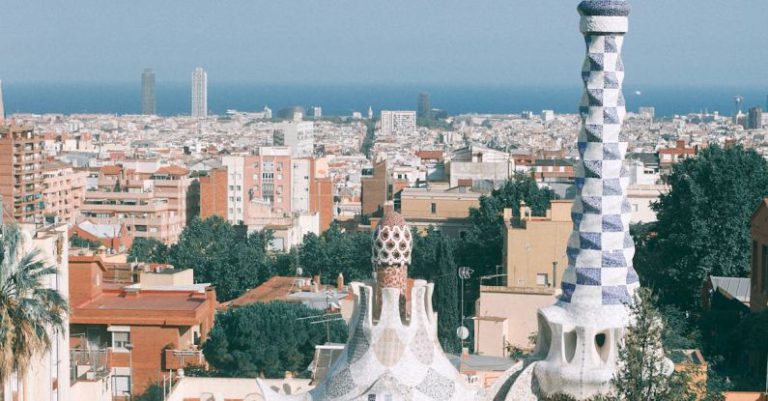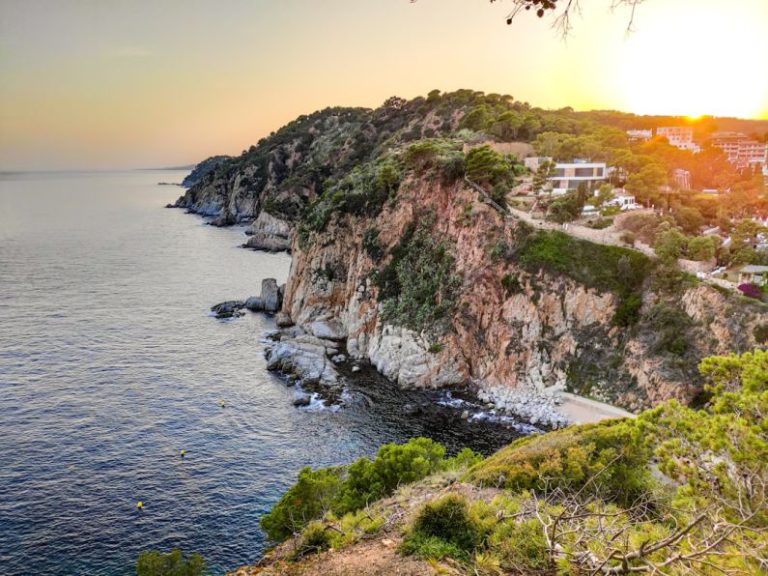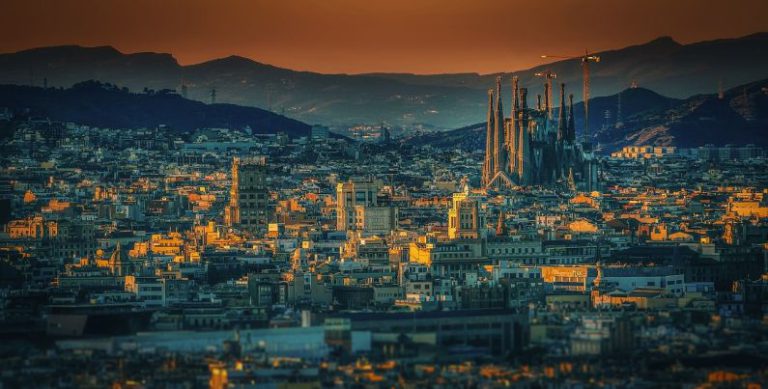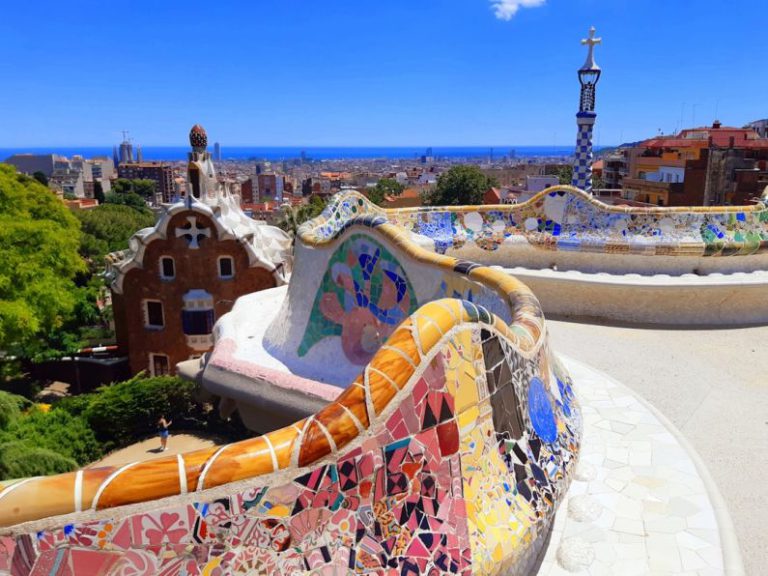Barcelona’s Architectural Wonders
Barcelona, the capital of Catalonia in Spain, is a city renowned for its rich history, vibrant culture, and stunning architecture. From the Gothic Quarter to the modernist masterpieces of Antoni Gaudí, Barcelona is a treasure trove of architectural wonders that attract millions of visitors each year. Let’s delve into the captivating world of Barcelona’s architectural marvels.
Gothic Quarter: A Medieval Gem
Wandering through the narrow, winding streets of Barcelona’s Gothic Quarter is like stepping back in time to the city’s medieval past. This historic neighborhood is home to an array of architectural gems, including the majestic Barcelona Cathedral, with its intricate facades and soaring spires. The Plaça del Rei, a medieval square lined with centuries-old buildings, is another highlight of the Gothic Quarter, offering a glimpse into Barcelona’s medieval splendor.
Antoni Gaudí’s Modernist Masterpieces
No exploration of Barcelona’s architectural wonders would be complete without mentioning the visionary architect Antoni Gaudí. His distinctive style, characterized by organic shapes, intricate details, and vibrant colors, has left an indelible mark on the city’s landscape. La Sagrada Família, Gaudí’s unfinished magnum opus, is a breathtaking basilica that defies conventional architectural norms with its intricate facades and towering spires. Park Güell, a whimsical public park designed by Gaudí, is another must-see attraction, featuring colorful mosaic sculptures, curving pathways, and panoramic views of the city.
Casa Batlló and Casa Milà, two of Gaudí’s residential masterpieces, showcase his innovative approach to design, with their undulating facades, organic forms, and imaginative details. These iconic buildings are testaments to Gaudí’s genius and continue to captivate visitors with their otherworldly beauty.
The Modernist Movement Beyond Gaudí
While Gaudí may be the most famous figure of Barcelona’s modernist movement, he was not the only architect to leave his mark on the city. Lluís Domènech i Montaner, another prominent modernist architect, designed the stunning Palau de la Música Catalana, a concert hall known for its intricate stained glass windows, colorful mosaics, and ornate columns. The Hospital de Sant Pau, also designed by Montaner, is a UNESCO World Heritage site that showcases his innovative use of light, space, and decorative elements.
The Barcelona Pavilion: A Modernist Icon
Designed by the legendary architect Ludwig Mies van der Rohe for the 1929 International Exposition, the Barcelona Pavilion is a masterpiece of modernist architecture. This minimalist structure, with its sleek lines, open spaces, and flowing water features, is a testament to Mies’s belief that “less is more.” The Pavilion’s elegant design and innovative use of materials have made it a timeless icon of modern architecture, inspiring architects and designers around the world.
Barcelona’s Architectural Future
As Barcelona continues to evolve and grow, new architectural wonders are constantly emerging in the city. The innovative Torre Glòries, formerly known as the Torre Agbar, is a striking modern skyscraper that has become a symbol of Barcelona’s contemporary skyline. Designed by architect Jean Nouvel, the tower’s shimmering glass facade and unique shape make it a standout feature of the city’s architectural landscape.
In Conclusion: A Tapestry of Architectural Splendor
Barcelona’s architectural wonders form a rich tapestry that reflects the city’s diverse history, culture, and creativity. From the medieval streets of the Gothic Quarter to the modernist masterpieces of Gaudí and beyond, Barcelona’s architectural heritage is a source of endless fascination and inspiration. Whether you’re a history buff, an art enthusiast, or simply a curious traveler, exploring Barcelona’s architectural wonders is an experience not to be missed.






